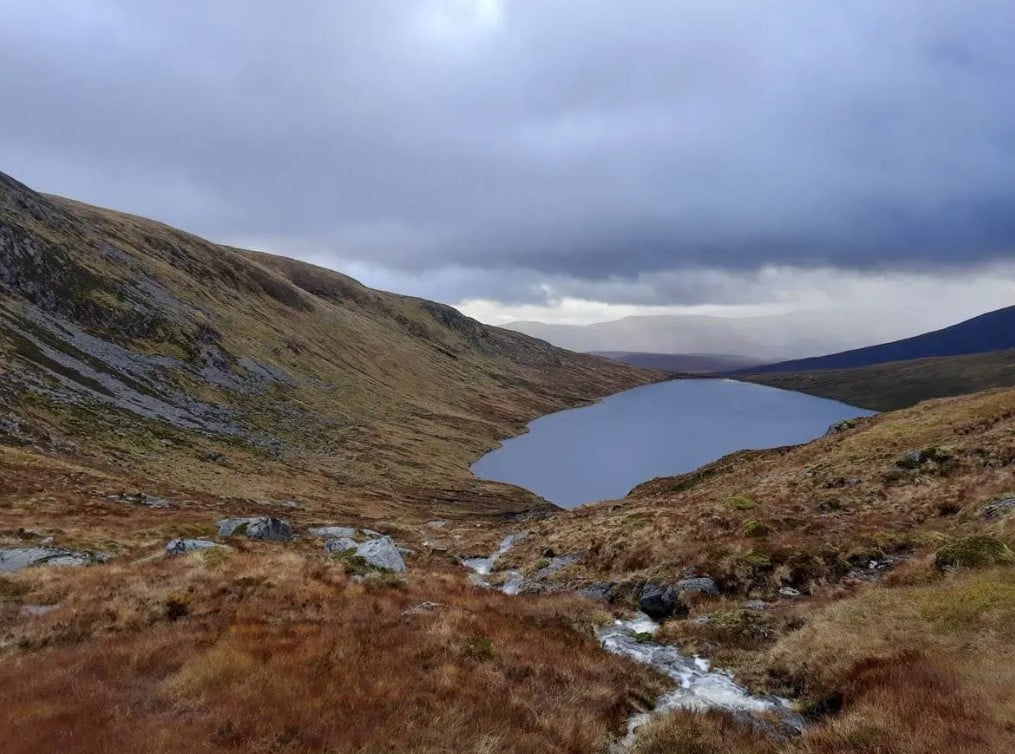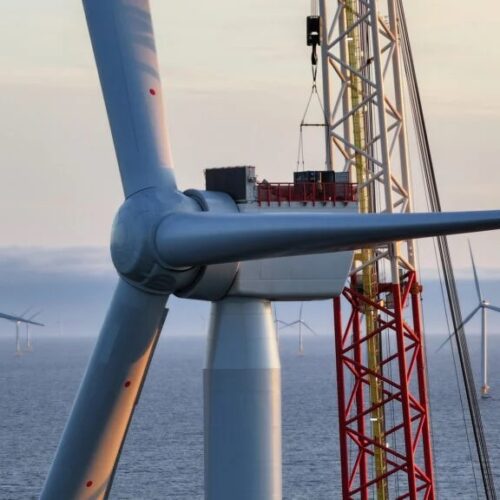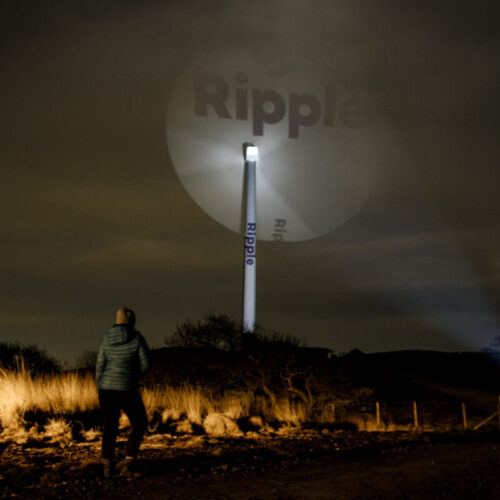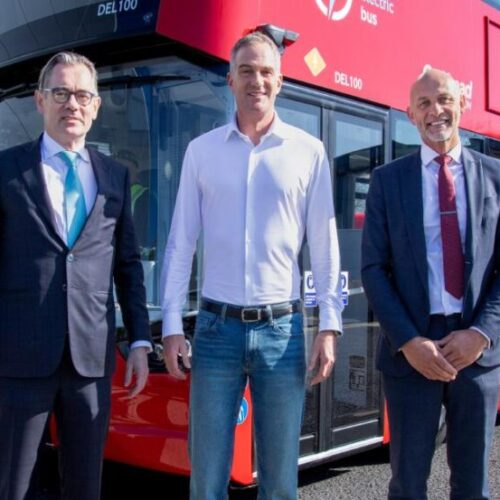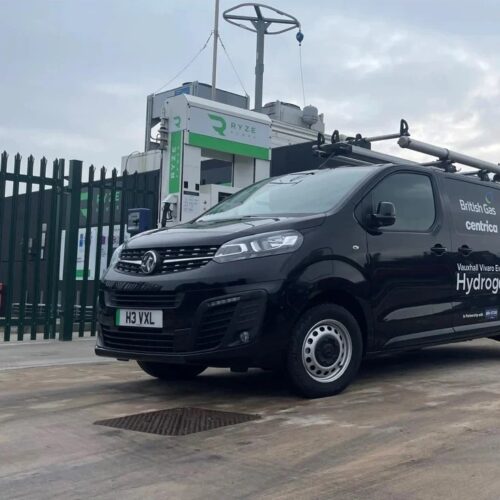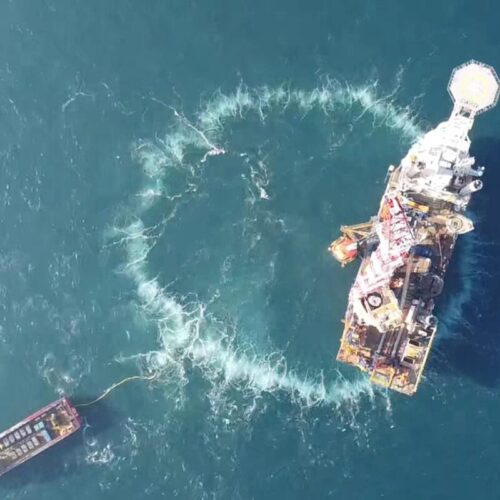Developers that are able to deliver long duration energy storage (LDES) projects by between 2030 and 2033 are being invited to apply for support under Ofgem’s new support scheme.
The launch of the scheme is the end of a collaborative process between the Department for Energy Security and Net Zero (DESNZ), the National Energy System Operator (NESO) and Ofgem, which began in October with the confirmation that a scheme discussed for the past couple of years would be introduced to regulate the minimum and maximum profits that LDES developers could face for projects, in a similar manner to the scheme already in place for interconnector projects.
A call for input into the scheme ran between December 2024 and January of this year, and a Technical Decision Document on the scheme was published last month.
Applications close on 9 June 2025 and the first projects are expected to be approved by Q2 of 2026.
The aim of the cap and floor regime is to encourage developers to build LDES projects in order to support the growing need for energy storage to balance a grid powered more prominently by variable sources of renewable energy.
Although DESNZ and NESO have called the expansion of LDES “crucial” to the future of the UK’s net zero ambitions, no new LDES infrastructure has been built in the last four decades owing to numerous barriers, including high upfront costs.
The cap and floor regime solves this by setting minimum and maximum revenues that can be gained from LDES projects. The minimum revenue floor is expected to increase investor confidence and thus encourage private investment into LDES projects by providing minimum revenue for LDES operators to help manage start-up costs and long build times.
A number of new LDES projects are currently in development or have recently been granted planning permission, including Gilkes Energy’s Earba and Fearna projects.
The renewable energy industry has so far responded positively to the launch of the LDES cap and floor scheme. Commenting on the launch, RenewableUK’s senior policy analyst Yonna Vitanova noted this was an “important milestone” for the nation’s clean energy ambitions.
Vitanova added: “We need low-cost wind and solar to be complemented by long-duration storage systems, like the pumped hydro plants we have in Scotland and Wales, if we’re to create an energy system which delivers the lowest cost electricity for billpayers.
“There are a number of shovel-ready projects across the country which could go forward under this scheme, and we would expect to see them come online by 2030 or soon after.”
The full version of this article is available on our sister site, Solar Power Portal.
